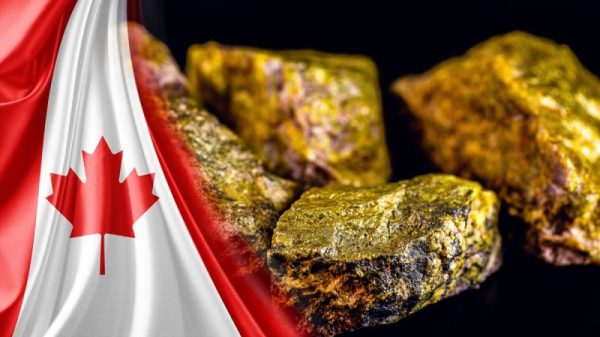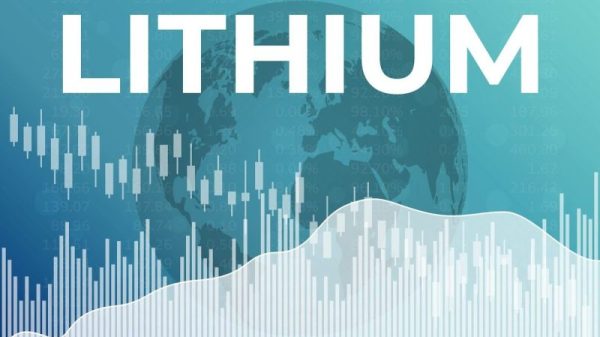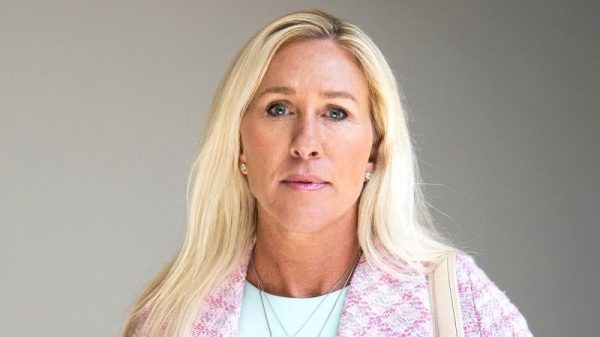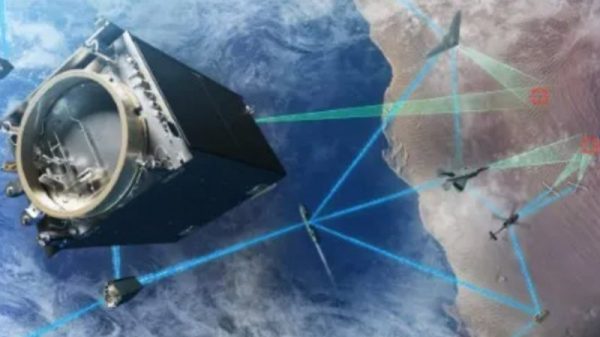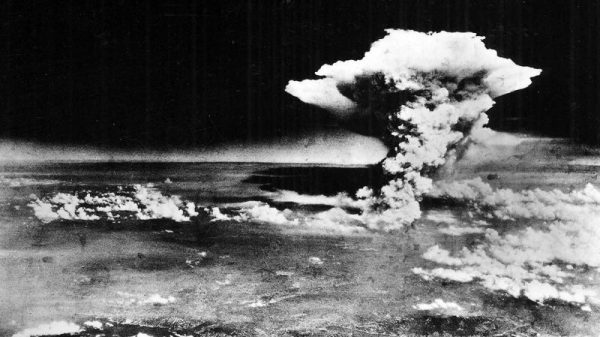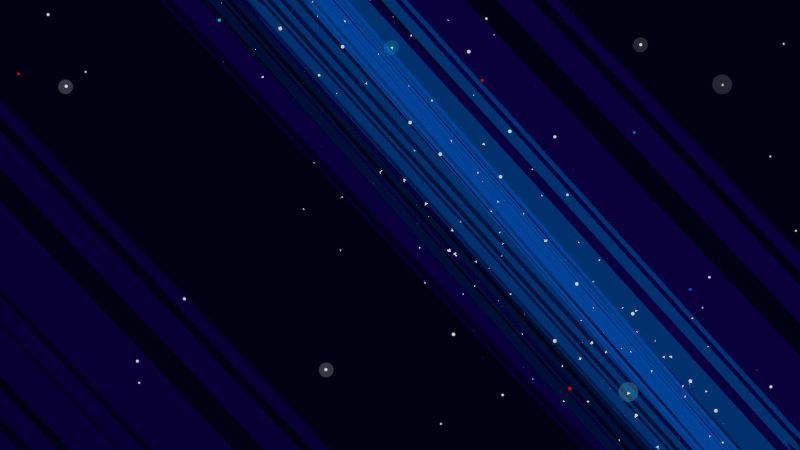Scientists widely agree that an ancient planet likely smashed into Earth as it was forming billions of years ago, spewing debris that coalesced into the moon that decorates our night sky today.
The theory, called the giant-impact hypothesis, explains many fundamental features of the moon and Earth.
But one glaring mystery at the center of this hypothesis has endured: What ever happened to Theia? Direct evidence of its existence has remained elusive. No leftover fragments from the planet have been found in the solar system. And many scientists assumed any debris Theia left behind on Earth was blended in the fiery cauldron of our planet’s interior.
A new theory, however, suggests that remnants of the ancient planet remain partially intact, buried beneath our feet.
Molten slabs of Theia could have embedded themselves within Earth’s mantle after impact before solidifying, leaving portions of the ancient planet’s material resting above Earth’s core some 1,800 miles (about 2,900 kilometers) below the surface, according to a study published Wednesday in the journal Nature.
A bold new idea
If the theory is correct, it would not only provide additional details to fill out the giant-impact hypothesis but also answer a lingering question for geophysicists.
They were already aware that there are two massive, distinct blobs that are embedded deep within the Earth. The masses — called large low-velocity provinces, or LLVPs — were first detected in the 1980s. One lies beneath Africa and another below the Pacific Ocean.
These blobs are thousands of kilometers wide and likely more dense with iron compared with the surrounding mantle, making them stand out when measured by seismic waves. But the origins of the blobs — each of which are larger than the moon — remain a mystery to scientists.
But for Dr. Qian Yuan, a geophysicist and postdoctoral fellow at the California Institute of Technology and the new study’s lead author, his understanding of LLVPs forever changed when he attended a 2019 seminar at Arizona State University, his alma mater, that outlined the giant-impact hypothesis.
That’s when he learned new details about Theia, the mysterious projectile that presumably struck Earth billions of years ago.
And, as a trained geophysicist, he knew of those mysterious blobs hidden in Earth’s mantle.
Yuan had a eureka moment, he said.
Immediately, he began perusing scientific studies, searching to see whether someone else had proposed that LLVPs might be fragments of Theia. But no one had.
Initially, Yuan said, he only told his adviser about his theory.
“I was afraid of turning to other people because I (was) afraid others would think I’m too crazy,” Yuan said.
Interdisciplinary research
Yuan first proposed his idea in a paper he submitted in 2021. It was rejected three times. Peer reviewers said it lacked sufficient modeling from the giant impact.
Then he came across scientists who did just the type of research Yuan needed.
Their work, which assigned a certain size to Theia and speed of impact in the modeling, suggested that the ancient planet’s collision likely did not entirely melt Earth’s mantle, allowing the remnants of Theia to cool and form solid structures instead of blending together in Earth’s inner stew.
“Earth’s mantle is rocky, but it isn’t like solid rock,” said Dr. Steve Desch, a study coauthor and professor of astrophysics at Arizona State’s School of Earth and Space Exploration. “It’s this high-pressure magma that’s kind of gooey and has the viscosity of peanut butter, and it’s basically sitting on a very hot stove.”
In that environment, if the material that makes up the LLVPs was too dense, it wouldn’t be able to pile up in the jagged formations that it appears in, Desch said. And if it were low enough in density, it would simply mix in with the churning mantle.
The question was this: What would be the density of the material left behind by Theia? And could it match up with the density of the LLVPs?
(Desch had authored his own paper in 2019 that sought to describe the density of the material that Theia would have left behind.)
The researchers sought higher-definition modeling with 100 to 1,000 times more resolution than their previous attempts, Yuan said. And still, the calculations lined up: If Theia were a certain size and consistency, and struck the Earth at a specific speed, the models showed it could, in fact, leave behind massive hunks of its guts within Earth’s mantle and also spawn the debris that would go on to create our moon.
“That was very, very, so very exciting,” Yuan said. “That (modeling) hadn’t been done before.”
Building a theory
The study Yuan published this week includes coauthors from a variety of disciplines across a range of institutions, including Arizona State, Caltech, the Shanghai Astronomical Observatory and NASA’s Ames Research Center.
When asked whether he expects to encounter pushback or controversy over such a novel concept — that slabs of material from an ancient extraterrestrial planet are hidden deep within the Earth — Yuan replied: “I also want to stress this is an idea; this is a hypothesis.
“There’s no way to prove this must be the case,” he added. “I welcome other people to do this (research).”
Desch added that, in his view, “this work is compelling. It makes a very strong case.” It even seems “sort of obvious in hindsight.”
Dr. Seth Jacobson, an assistant professor of planetary science at Michigan State University, acknowledged that the theory may not, however, soon reach broad acceptance.
“These (LLVPs) — they’re an area themselves of very active research,” said Jacobson, who was not involved in the study. And the tools used to study them are constantly evolving.
The idea that Theia created the LLVPs is no doubt an exciting and eye-catching hypothesis, he added, but it’s not the only one out there.
One other theory, for example, posits that LLVPs are actually heaps of oceanic crust that have sunk to the depths of the mantle over billions of years.
“I doubt the advocates for other hypotheses (about LLVP formation) are going to abandon them just because this one has appeared,” Jacobson added. “I think we’ll be debating this for quite some time.”

